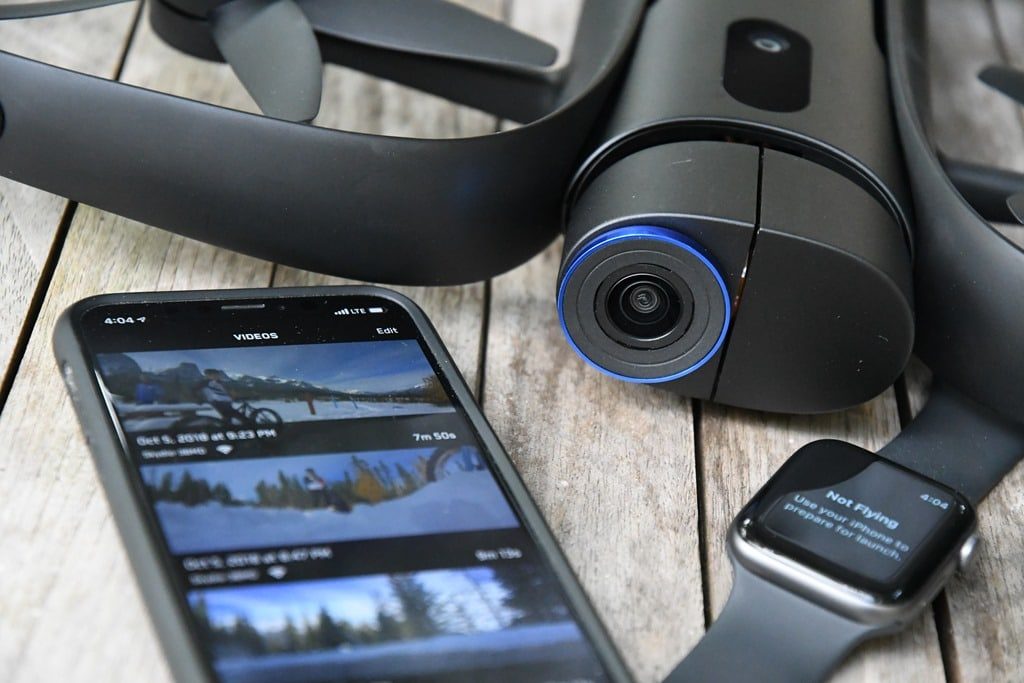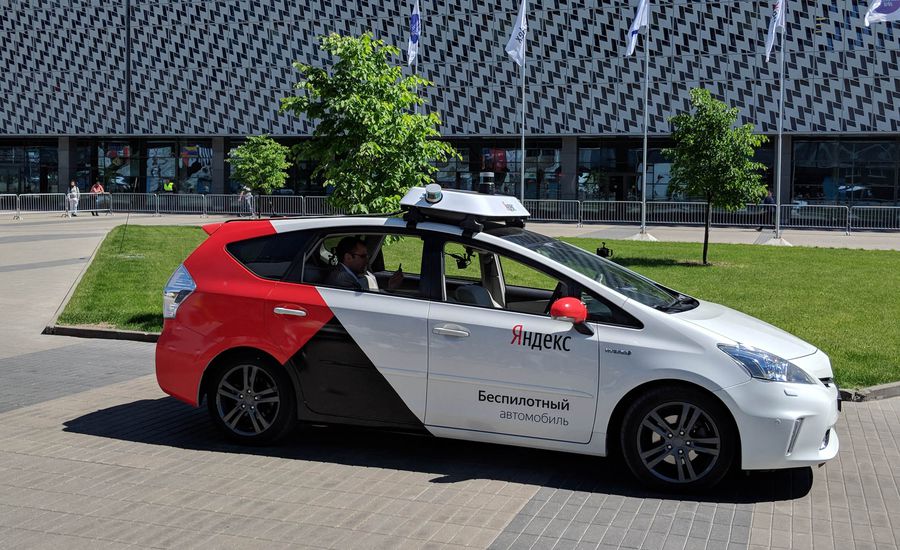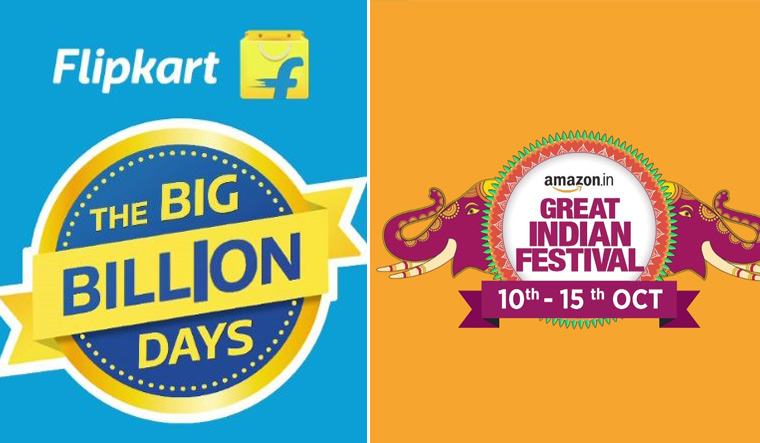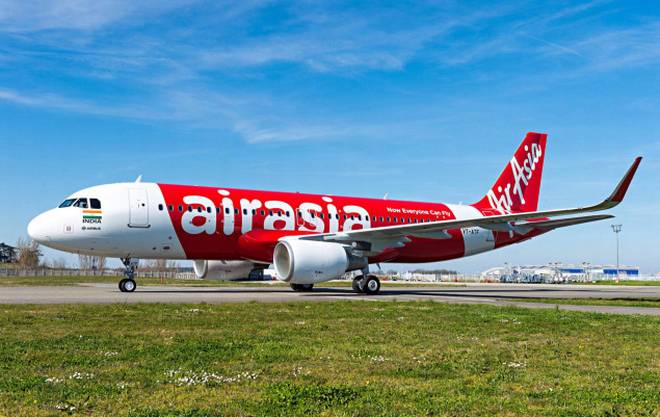Paytm Partners with Soft Bank to Enter Japan with the QR-based Payment App PayPay
It has been almost eight years since Paytm has been around helping people with their digital payments. It became the most used digital payment app in India, way before the PM Modi’s Digital India campaign even started. After gaining huge success in India, Paytm is all set to approach other countries with its amazing digital payment technology. Last year, during the launch of Paytm in Canada, the founder Vijay Shekhar Sharma, had indicated that the company is also planning to expand in Japan and Europe.
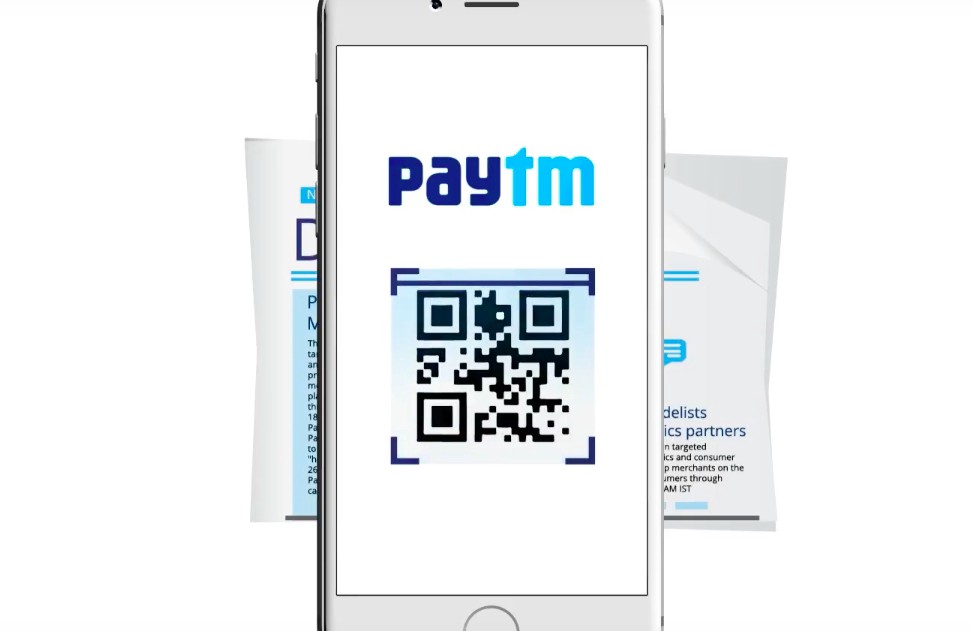
Collaborating with the SoftBank and Yahoo Japan Corporation, Paytm has developed a similar app named as PayPay, that, it has launched for the people of Japan. The PayPay app is based on the QR technology, that users can use on their smartphones for their payment settlements. The users can easily transfer their money from the bank accounts to the PayPay app wallet and use the wallet for the payments.
“Paytm is the leader in smart electronic payment services in India, and has achieved great success. It is a great strength to introduce Paytm’s high technology and solution, to PayPay, and I am confident that it will greatly contribute to the expansion of users in Japan,” said Ichiro Nakayama, the President & Representative Director CEO of PayPay Corporation.
Paytm has used the same strategy for its new client base in Japan as it has used in India at its initial stage. Paytm, through the PayPay app, will provide its users with various offers, including the ones with cash back. The user will also receive 500 yen, after the successful completion of their registration with the app, through a valid Japanese mobile number. Also, PayPay is providing the users with free of cost transactions till September 2021.
Paytm already have 300 million customers and over 9.5 million offline merchants registered with the app, in India. After the launch of PayPay, the Soft Bank and the Yahoo Japan are intended to draw their client base to register with PayPay, and Yahoo Japan will also shut down its Yahoo Wallet, to integrate PayPay on Yahoo! Japan.

Yashica is a Software Engineer turned Content Writer, who loves to write on social causes and expertise in writing technical stuff. She loves to watch movies and explore new places. She believes that you need to live once before you die. So experimenting with her life and career choices, she is trying to live her life to the fullest.
